Do you know about Yuki-onna? She is a beautiful woman with fair skin, who dwells deep in the snowy mountains. However, she is a terrifying ghost who blows icy breaths like death onto mountain climbers, causing them to freeze to death or get lost. What exactly is the true identity of Yuki-onna? Additionally, there is a theory that the legend of Yuki-onna originated not in a snowy region but in Ome. Is this true? This time, we will introduce the lesser-known aspects of Yuki-onna.
The Identity and Characteristics of Yuki-onna
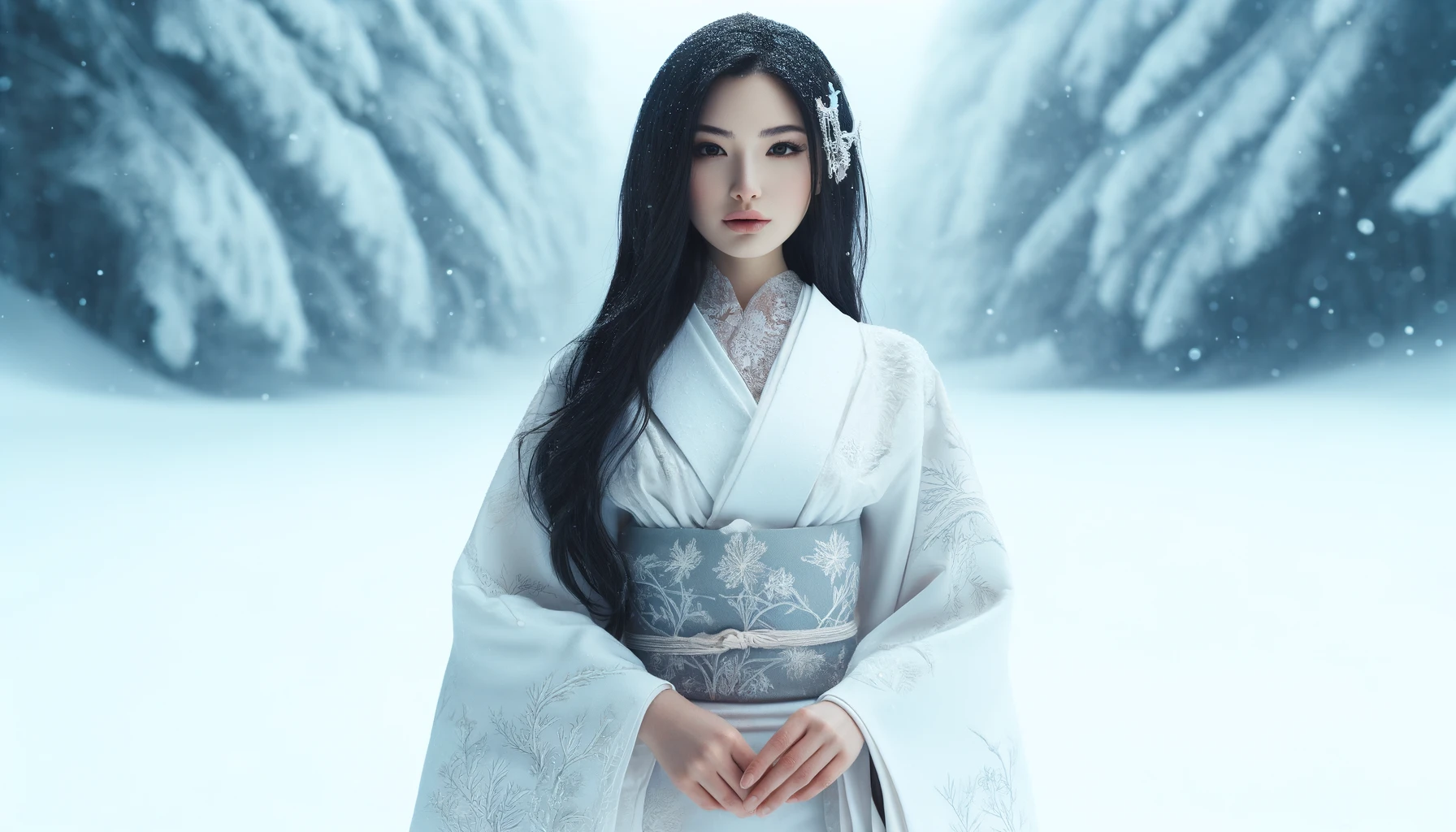
Yuki-onna, who appears in Japanese folklore, is depicted as a beautiful woman with translucent white skin, living in snowy mountains. However, her origin and story vary widely. She is sometimes described as a snow spirit or the ghost of a woman who perished in the snow. Depending on the region, she may have even more different backgrounds.
Particularly, the folklore from Oguni in Yamagata Prefecture portrays Yuki-onna from a unique perspective. Here, Yuki-onna is said to be a princess from the moon who descended to Earth to escape the monotonous life of the court. However, she could not return to the moon, and as a result, she only appears on snowy, moonlit nights. This story highlights not only the mystique of her existence but also evokes a sense of sorrow, as she is a figure trapped by her fate.
While the identity and characteristics of Yuki-onna differ across regions, the depiction of her as a woman with beautiful white skin remains consistent.
The Origin of Yuki-onna
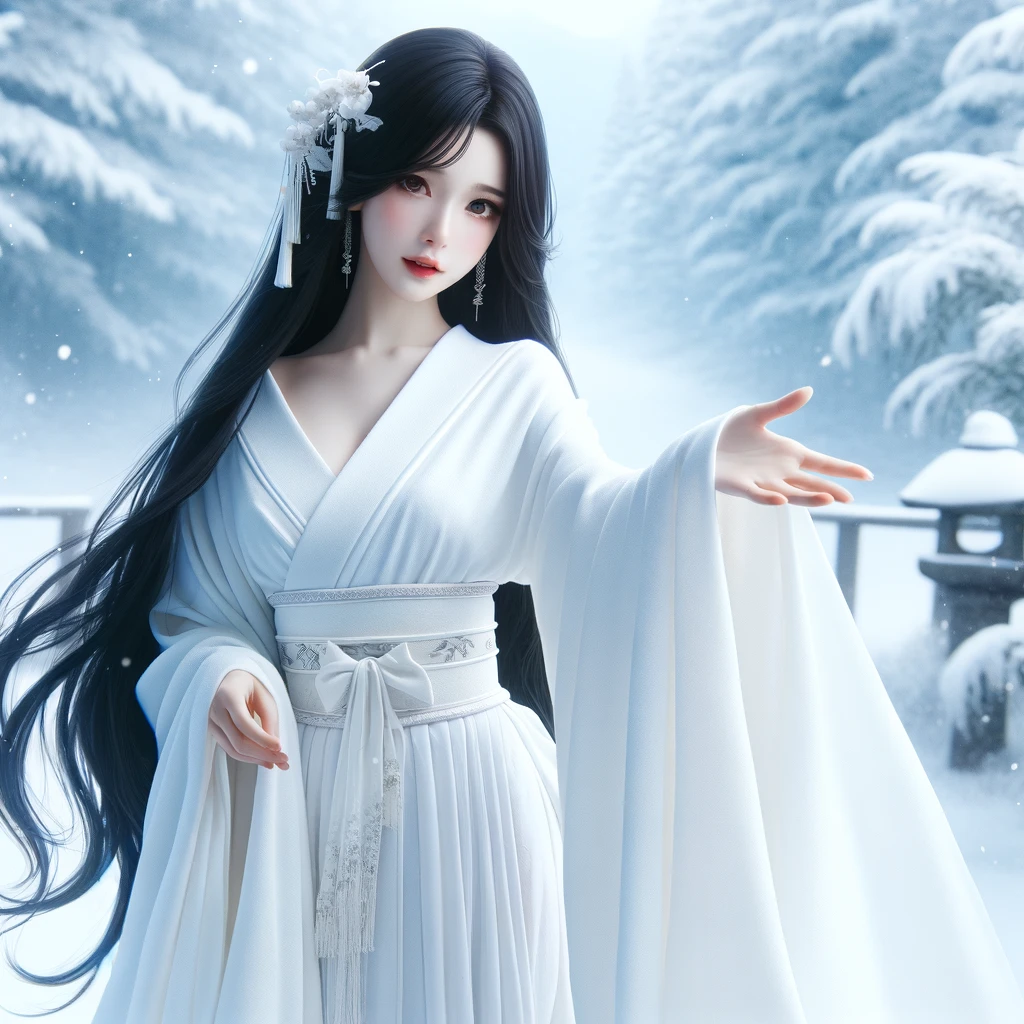
When did Yuki-onna first appear? The origin of Yuki-onna dates back to at least the late Muromachi period. In “Sogi Shokoku Monogatari,” written by the renga poet Sogi Hoshi, there are accounts of sightings of Yuki-onna. He claimed to have seen her himself in Echigo Province (modern-day Niigata Prefecture).
In this story, Yuki-onna is characterized by wearing white garments that constantly evoke death. She blows cold breaths on men, freezing them to death or draining their energy to take their lives. Because of this, she has long been feared as a “snow specter.”
The story of Yuki-onna was later featured in Lafcadio Hearn’s “Kwaidan” as the tale “Yuki-onna,” emphasizing her beauty and terror, and linking her to the nature of snow. This portrayal highlights the fleeting beauty of Yuki-onna and deepens the narrative elements of her story.
On the other hand, the term “Yukio” (Snow Man) began to be used in modern times similarly to Yeti or Bigfoot, but it does not refer to a male version of Yuki-onna and has a completely different background.
Anecdotes and Stories of Yuki-onna
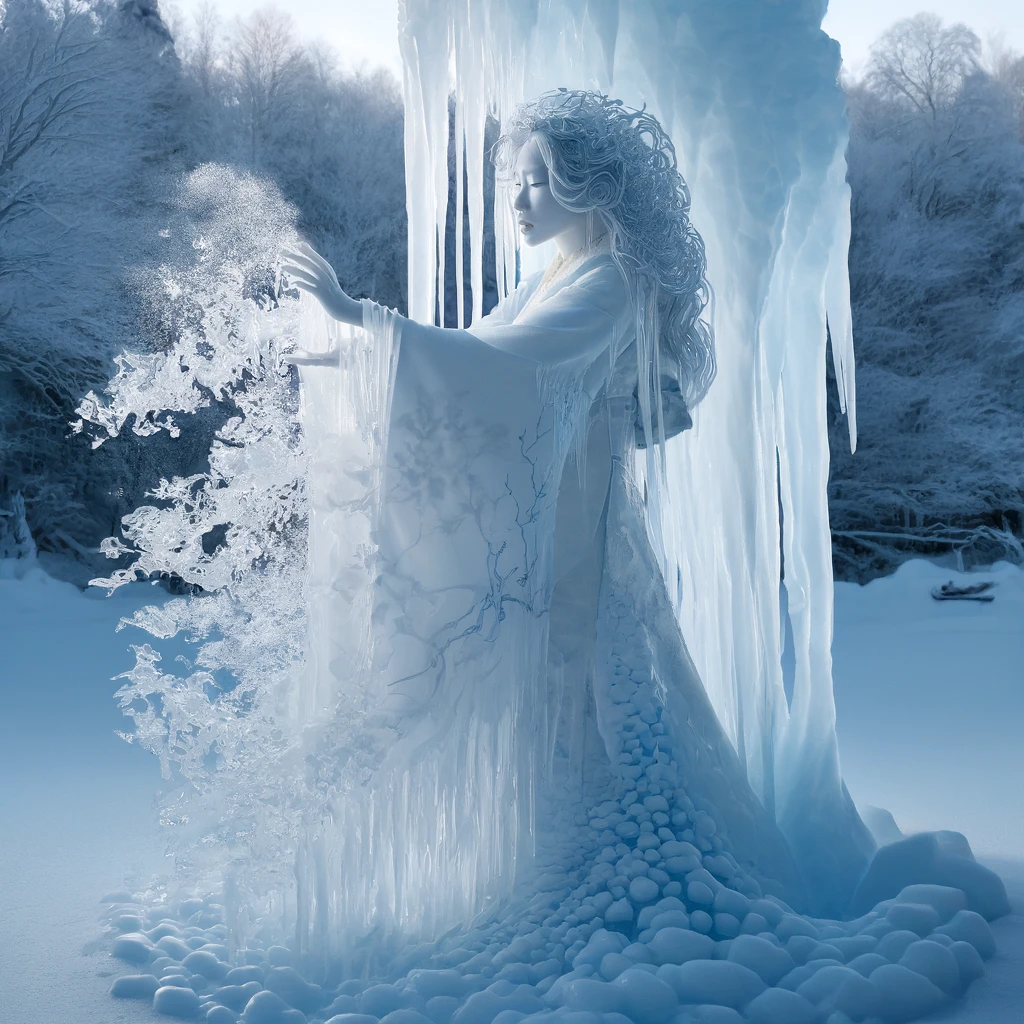
There are various legends about Yuki-onna throughout Japan, and these stories have distinct characteristics depending on the region. The tales of Yuki-onna, embodying both beauty and terror, are deeply rooted in Japanese culture.
For example, in the Ojiya region of Niigata Prefecture, there is a story where Yuki-onna appears as a beautiful woman who marries a man, but turns into an icicle and vanishes when she is put into a bath. This story is known as “Tsurara-onna” and similar stories are told as “Shigama-nyobo” in Aomori and Yamagata Prefectures.
In the Kaminoyama region of Yamagata Prefecture, Yuki-onna visits an old couple, spends the night warming herself by the hearth, but as the night progresses, she grows colder and eventually disappears in a cloud of snow. This tale symbolically represents the transient and cold nature of Yuki-onna.
There are also stories where Yuki-onna is likened to Ubume, where she hands over a child to be held. The person holding the child finds it growing increasingly heavier, ultimately getting buried in the snow. This frightening legend carries a lesson that a good deed can lead to one’s demise.
In the Ina region of Nagano Prefecture and Yoshida in Ehime Prefecture, Yuki-onna appears like a Yamanba, and special care is taken to protect children from her. In the Tono region of Iwate Prefecture, she is said to be seen playing with many children during the Little New Year or on full moon nights, which also aligns with Yamanba legends.
These stories about Yuki-onna demonstrate the close connection between natural phenomena and people’s lives during the snowy winter season. Additionally, the tales of Yuki-onna are often recounted as a form of interspecies marriage narratives. Stories depicting love and marriage between humans and non-humans are universal themes found in cultures worldwide, not just in Japan.
Is the Legend of Yuki-onna Originated in Ome, Tokyo!? An Introduction to the Story
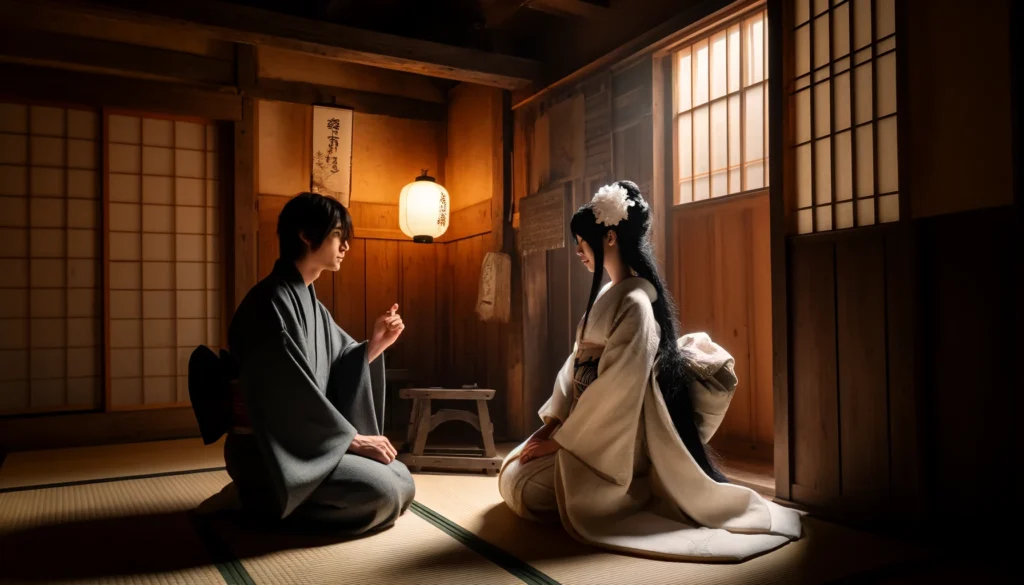
Yuki-onna, who has various legends throughout Japan, is most famously depicted in Lafcadio Hearn’s “Kwaidan.” Surprisingly, the setting is not a snowy region but Ome in Tokyo. Let’s take a closer look at this story.
Once upon a time, in a quiet village in Nishitama District, Musashi Province, there lived two woodcutters named Mosaku and Minokichi. Mosaku was an experienced woodcutter, while Minokichi was young and still an apprentice. One winter night, during a snowstorm, the two sought refuge in a mountain hut to spend the night.
In the middle of the night, Minokichi awoke to see a beautiful woman with long black hair, dressed in white, standing beside him. She had a terrifying look in her eyes. She blew her icy breath on Mosaku, who was sleeping next to him, causing Mosaku to freeze to death on the spot. As she was about to blow her icy breath on Minokichi, she gazed at him intently, suddenly smiled, and spoke to him. “You are still young and beautiful, so I will spare you. However, you must never tell anyone about what happened tonight.”
Several years later, Minokichi met a beautiful woman named “O-Yuki.” The two fell in love and eventually got married. They had ten children together, but O-Yuki never seemed to age.
『怪談(kwaidan)』
This story is based on a tale that Lafcadio Hearn heard from a father and daughter, Sohachi and Ohana, who were from Chofu Village in Tama District (now Ome City), while he was living in Nishi-Okubo, Tokyo. Near Chofu Bridge, there used to be a ferry and a ferryman’s hut, which were the settings for the story. Today, a stone monument dedicated to Yuki-onna stands in that location. The area remains densely wooded and retains a dark and eerie atmosphere, much like in the past. In the story, Yuki-onna is a complex entity, a cruel and terrifying spirit who freezes men to death with her breath, yet also captivates men with her beauty.
Summary
How was it? We have introduced the identity, characteristics, and the legend of the “Ome Theory” of Yuki-onna. There are various anecdotes and episodes of Yuki-onna across Japan, but it’s surprising that the most famous legend is the story from Ome in Tokyo.
On this site, we introduce many other interesting aspects of Japanese history and culture besides Yuki-onna. If you are interested, we would be delighted if you read our other articles as well!



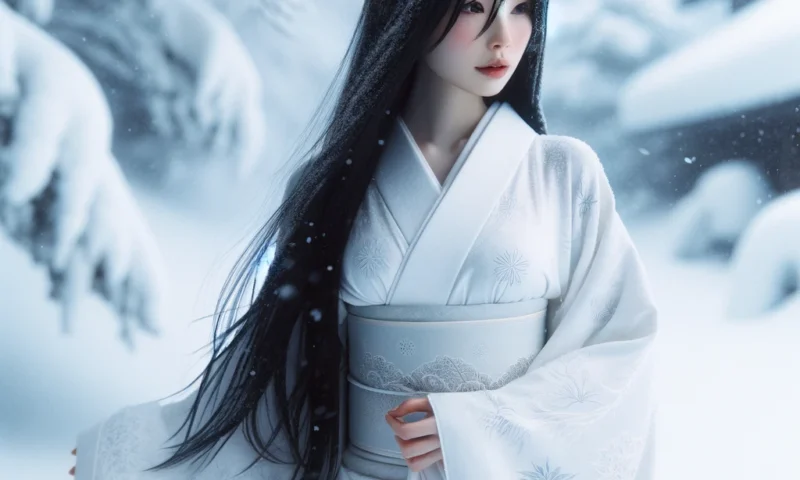
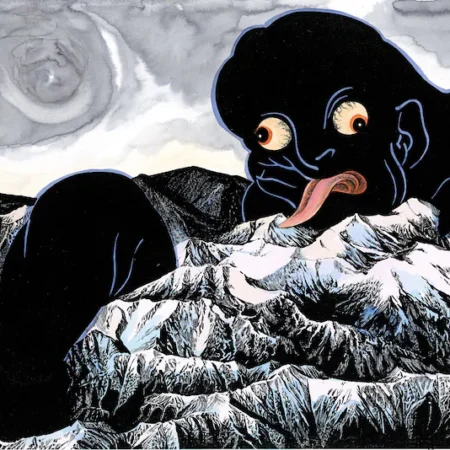
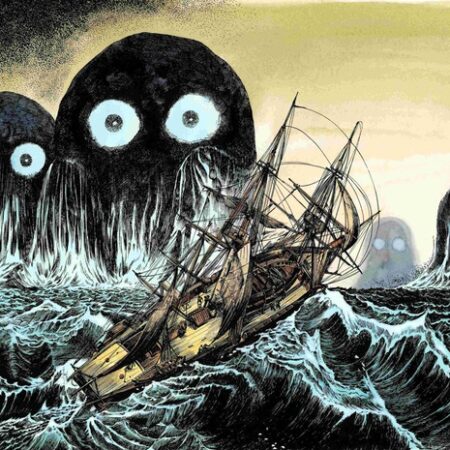
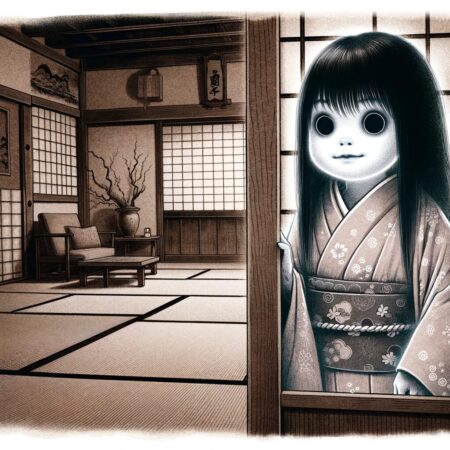
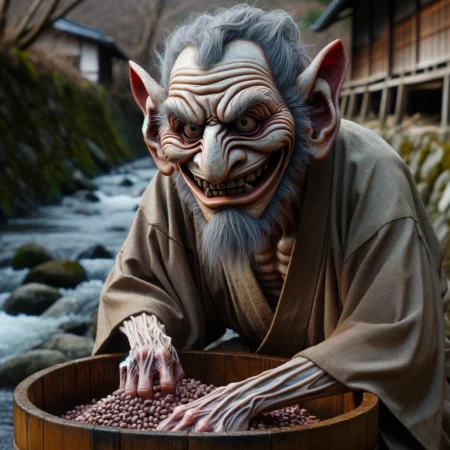

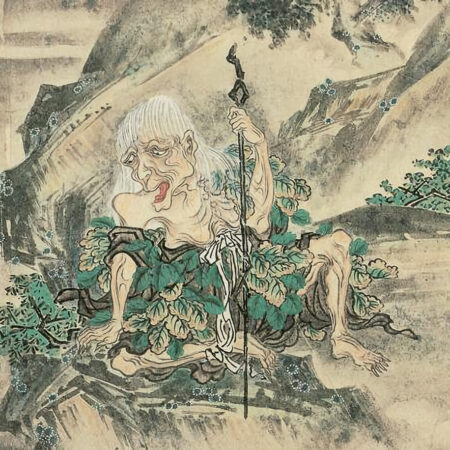

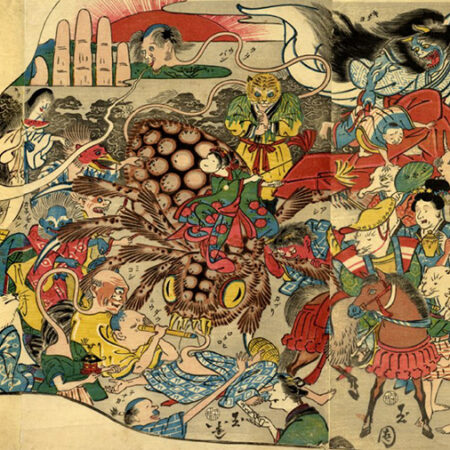

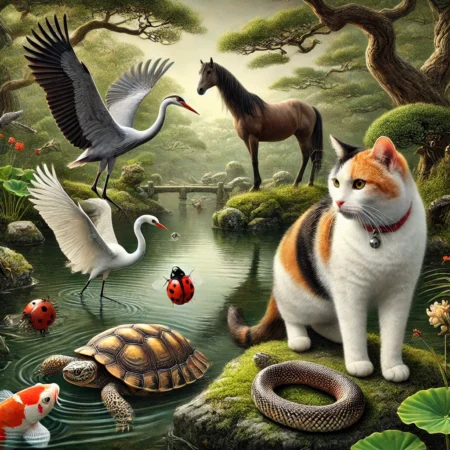
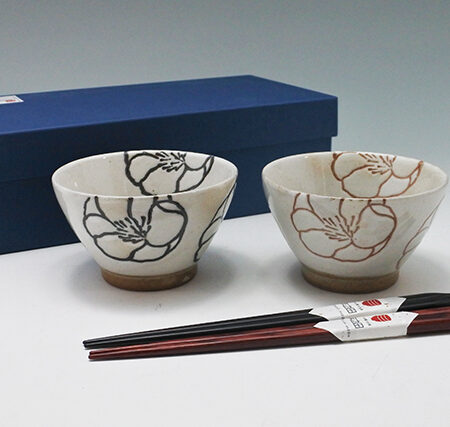
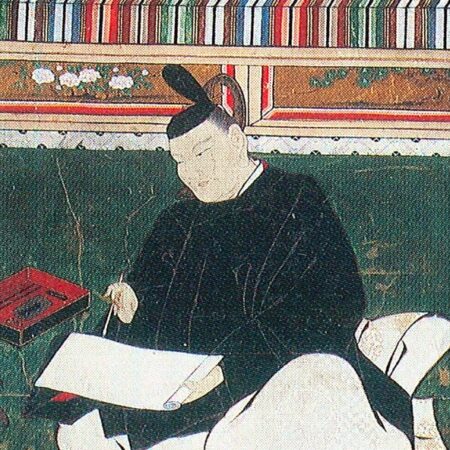
コメント